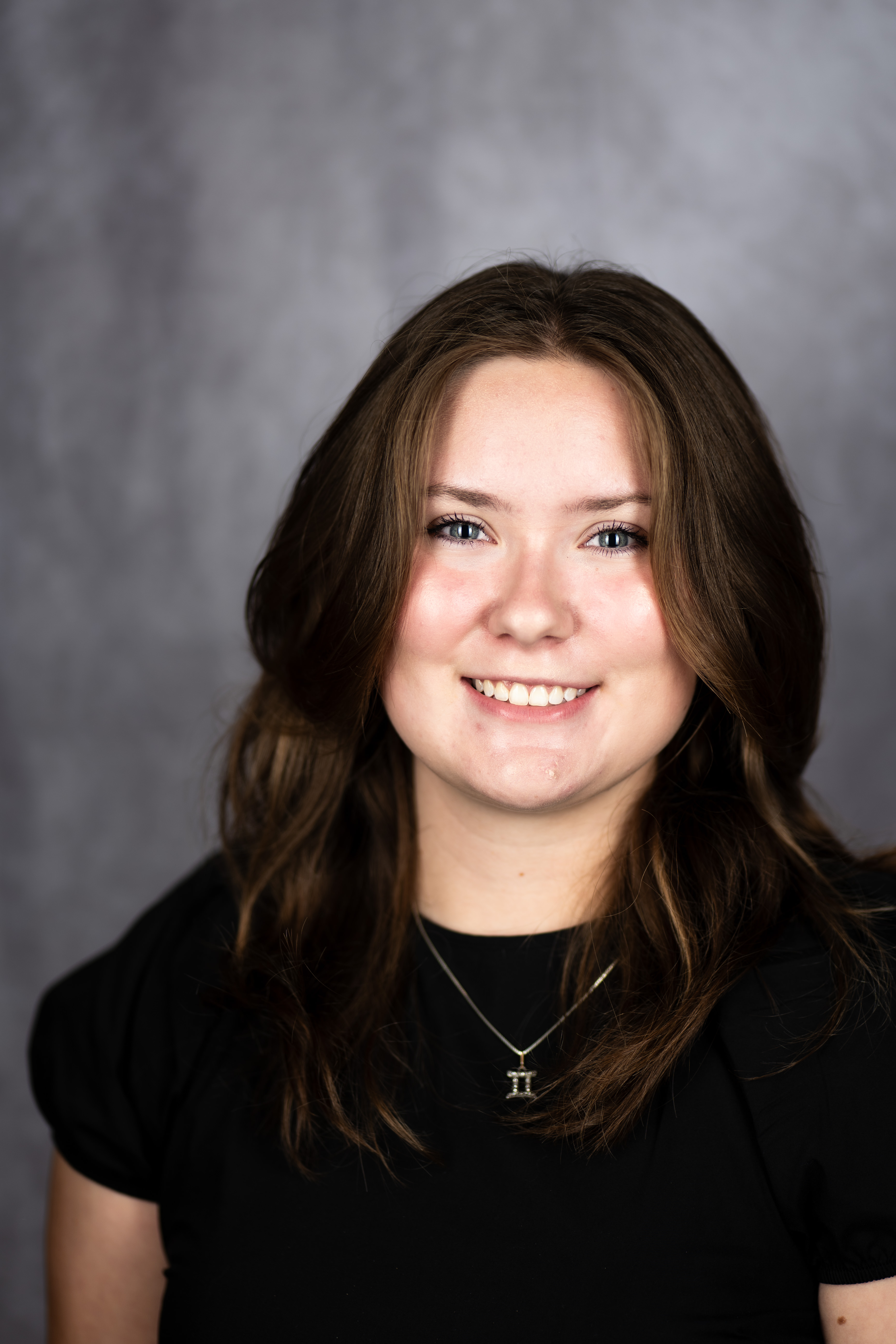Celebration of Scholars
#22: What Is The Impact of Robotic Therapy on Stroke Patients and Occupational Therapists?
 Name:
Lauren Hacker
Name:
Lauren Hacker
Major: Allied Health Science
Hometown: Oak Creek, WI
Faculty Sponsor: Laurie Jensen
Other Sponsors:
Type of research: Senior thesis
Abstract
The objective of this paper is to determine the impact of robotic therapy on stroke patients and occupational therapists. In this secondary research paper, data was collected from published literature to determine the impact on patients and therapists. A literature review revealed that when robotic and occupational therapy are used simultaneously, there is quicker recovery time and a lower burden on therapists. This is tested using multiple measures such as the Modified Ashworth Scale, Fugl-Meyer Assessment, and Box and Block—these assessments test range of motion, grip strength, resistance, etc. When testing using these assessments, patients can recover quicker when utilizing both therapies. Some tests even resulted in days cut off of the research due to the impact. This also helps occupational therapists since their workload can be alleviated with robotics. The conclusion of this work is that there appears to be a correlation between utilizing robotic therapy and occupational therapy, leading to faster recovery time in stroke patients. The burden on therapists is also significantly lower when both methods are combined.
Submit date: April 10, 2024, 11:54 a.m.
